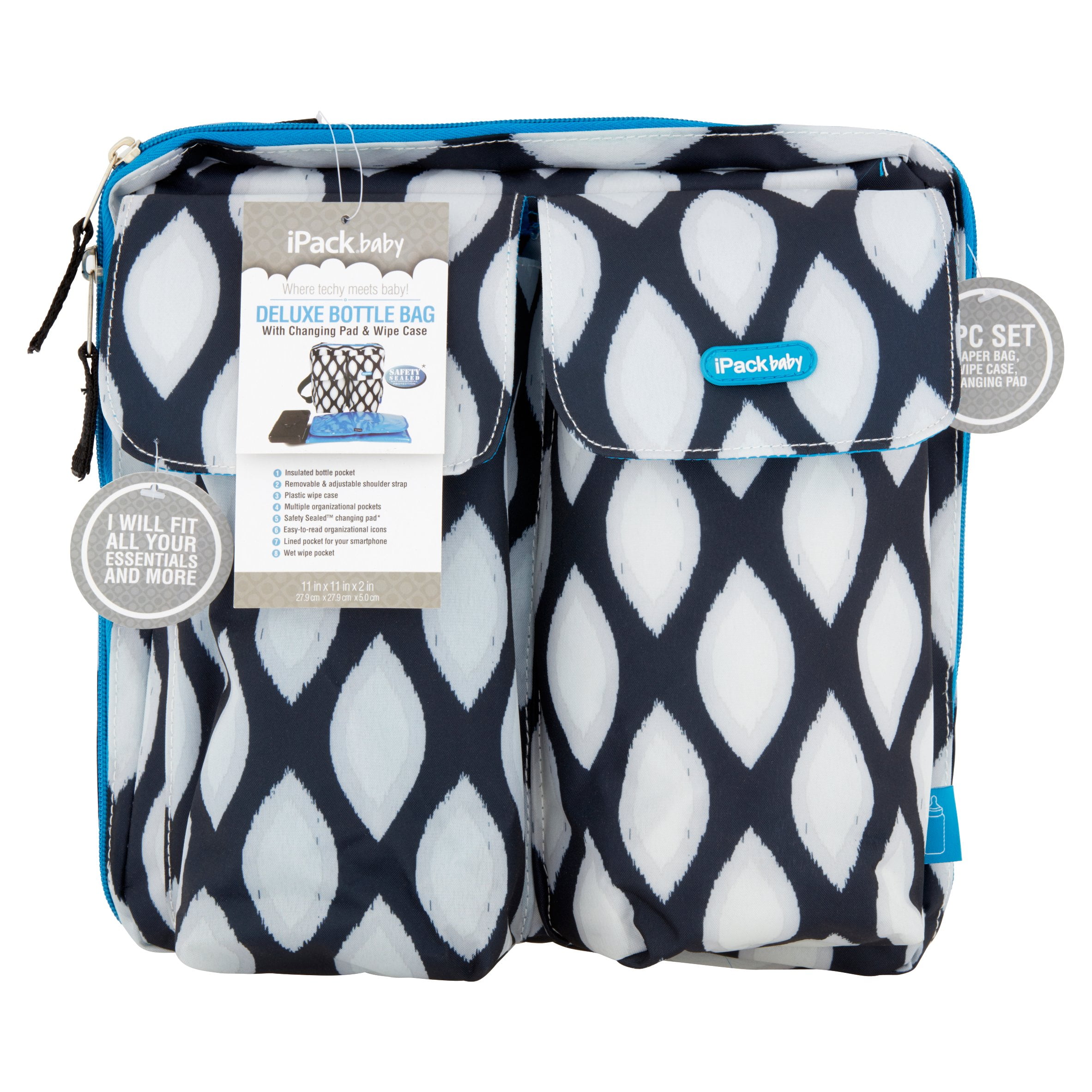

Infiltration between the popliteal artery and the capsule of the knee (IPACK) block and sensory posterior articular nerves of the knee (SPANK) block block are two single injection techniques that have been shown to provide effective analgesia in posterior knee pain without any associated motor weakness. However, ACB has a critical shortcoming that it does not provide analgesia to the posterior articular aspect of the knee joint, in the sciatic nerve territory, which is of moderate to severe intensity after TKA and hence needs to be addressed. ACB has gained immense popularity in the recent past due to its distinct advantage of providing satisfactory postoperative analgesia without any associated quadriceps muscle weakness. Though quite effective in providing postoperative analgesia, most of these techniques result in postoperative quadriceps weakness, which hampers ambulation. The various modalities described for pain management after TKA include epidural analgesia, femoral nerve block, adductor canal block (ACB) and intra-articular injections. The primary analgesic goals in total knee arthroplasty (TKA) include minimising postoperative pain and improving the patients’ functional outcomes to promote early ambulation. Conclusion:ĪCB with IPACK block offers better analgesia, less opioid consumption and better patient satisfaction with comparable knee rehabilitation parameters in the immediate postoperative period after TKA compared to ACB with SPANK block. There were no significant differences in the knee rehabilitation parameters between the blocks. Numerical rating scale (NRS) scores at rest and on movement, duration of analgesia, total opioid consumption, and patient satisfaction were significantly better ( P < 0.05%) in the IPACK group than in the SPANK block. The secondary outcome measures were 24 h opioid consumption, ambulation parameters like mobilisation ability, quadriceps muscle strength and patient satisfaction score at discharge. The primary outcome was the pain scores from 6 h to 48 h after surgery and the duration of postoperative analgesia.

Methods:Ī total of 82 patients were randomised into two groups: (1) ACB combined with IPACK, (2) ACB combined with SPANK block. This study aims to compare the effect of IPACK block and SPANK block when combined with ACB for analgesia and postoperative rehabilitation in TKA. Infiltration between the popliteal artery and the capsule of the knee (IPACK block) and sensory posterior articular nerves of the knee (SPANK block) are two single injection techniques that have been shown to provide effective analgesia in posterior knee pain. Adductor canal block (ACB), though an effective procedure for postoperative analgesia in total knee arthroplasty (TKA), does not provide analgesia to the posterior articular aspect of the knee joint.


 0 kommentar(er)
0 kommentar(er)
